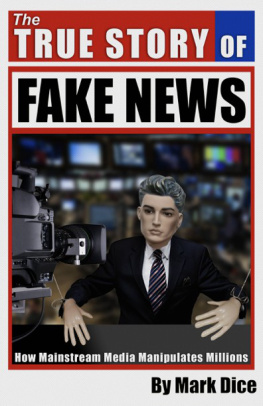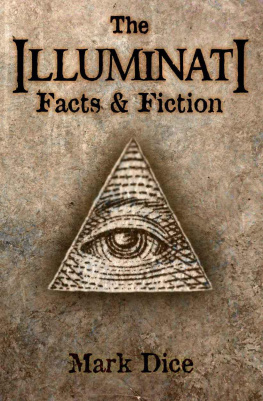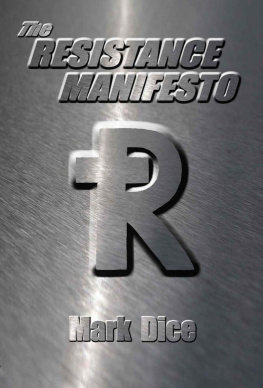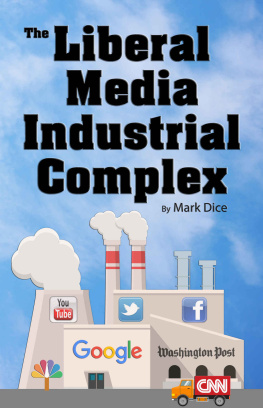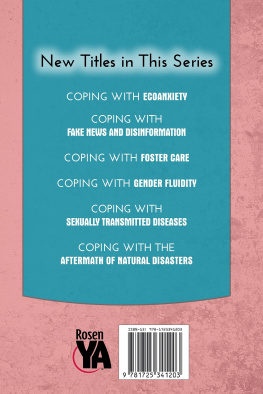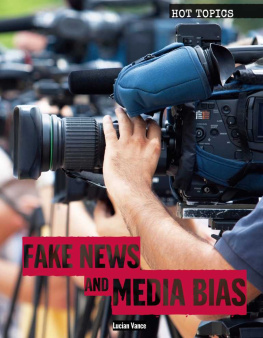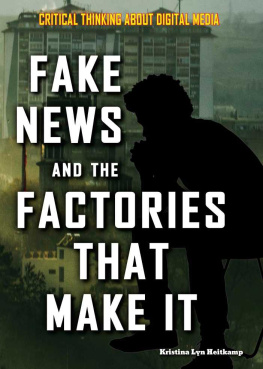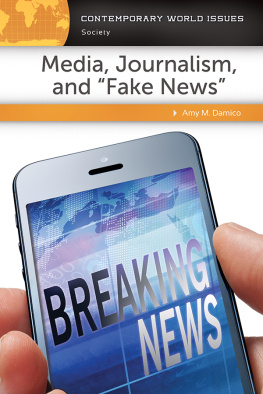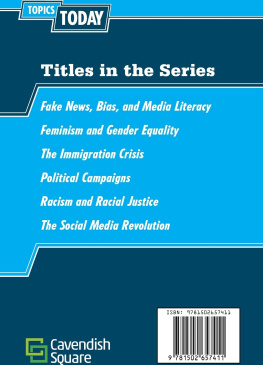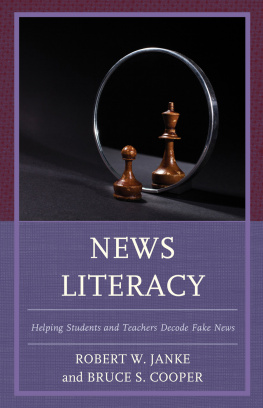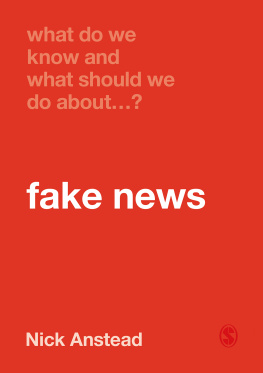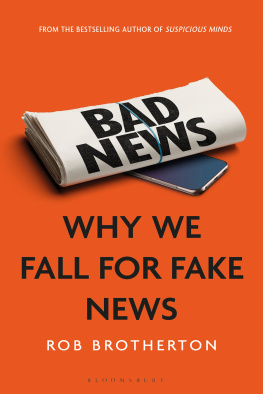Introduction
Just one week after the 2016 presidential election, when tens of millions of Hillary supporters were still in absolute shock that Donald Trump actually beat her and while many Trump supporters were in a similar state of surprise since he was the long-awaited anti-establishment underdog the term fake news became the talk of the town and quickly turned into one of the most loaded and controversial labels in America. It wasnt just a topic that circulated in a week-long news cycle. It was an issue that got more polarizing and more complex as the weeks and months went on; and with seemingly every day that passed the fake news conspiracy got deeper and darker.
Fake news stories have been around for centuries, although they had usually just been called disinformation, propaganda, yellow journalism, conspiracy theories, or hoaxes; but this modern incarnation was different. All of a sudden it was supposedly everywhere, and just cost Hillary Clinton the election.
Democrats were so shocked at Hillarys defeat that they couldnt come to grips with the fact that despite all the polls and media coverage painting a picture that Trump would surely lose he didnt. best chance of winning early on in the race.
Instead of accepting the fact that voters wanted a non-politician in the White House for a change, and that they wanted the illegal immigration problem fixed, Obamacare overhauled, and a conservative Supreme Court Justice to replace Antonin Scalia who had recently died Democrats started playing the blame game, and their reasons for Hillarys defeat kept getting longer and more bizarre by the day.
First, they pointed the finger at FBI director James Comey for amending his testimony about the investigation into Hillary Clintons email scandal when classified material sent from her was later found on Anthony Weiners computer (then-husband of Huma Abedin, her campaigns vice chairman). unified excuse: Fake News.
People must have been duped into not trusting or disliking Hillary Clinton because they read lies about her on Facebook, they concluded. The culprit? Not ordinary right-wing news sites highlighting the reasons why Hillary was wrong for the job, or documenting her history of corruption and scandals. No. It was supposed fake news articles that were posted on little-known websites and then spread virally through Facebook by people sharing them.
The Washington Post led the charge and sounded the alarm with a headline reading, Facebook fake-news writer: I think Donald Trump is in the White House because of me.
The Washington Post pointed out
Paul Horner and his fake CNN, ABC, and NBC websites werent part of a plot to hurt Hillary Clinton, or help Donald Trump in the 2016 election they were just satire, which should be obvious to anyone who read past the first two or three sentences of the stories. And Horners motivation wasnt political; it was financial.
Most fake news and satire websites simply want to make money from the web traffic their articles bring to the sites. The way most website advertising works is
The liberal media, however, seized on fake news publisher Paul Horners admissions and his viral success, and used his stories as if they were the smoking gun in a huge conspiracy to spread disinformation about Hillary Clinton hoping to prevent people from voting for her, despite his stories being satire and designed to actually make fun of Trump supporters.
A few of the most viral fake
While these stories were designed to bolster Donald Trump and demonize Hillary, fake news is a two way street. The mainstream media was framing the issue as if all fake news articles were written to smear Hillary Clinton, but there were plenty of viral fake stories and memes with fake quotes attributed to Donald Trump that were made to smear him as well.
For example, one of the most popular memes of the after Trump announced his run for president and despite being easily debunked, people kept spreading it around for over a year and it would regularly show up on Facebook and Twitter from liberals who kept posting it, thinking it was real.
Some of the fake news trying to smear Trump was far more sophisticated than a fabricated quote made into a meme, and far more dirty. BuzzFeed published details
In another carefully orchestrated
The person behind the lawsuit was later identified that fake news about Hillary Clinton spread through social media had ruined the 2016 presidential election, in effect, stealing it from her.
It wasnt just people who were writing satirical articles that some gullible people may have thought were true, or completely fake stories on obscure websites which hoped to hurt Hillary Clinton that were the culprits. Instead, a new scandal erupted
Their article started off saying, The flood of fake news this election season got support from a sophisticated Russian propaganda campaign that created and spread misleading articles online with the goal of punishing
President Obamas advisor Dan Pfeiffer tweeted a link to the article and asked, Why isnt this the biggest story in the world right now? search engines.
Why all this concern about fake news, and why immediately after the election? As you will see in this book, the Liberal Establishment was creating a smokescreen to implement dramatic new censorship policies for social media and the Internet as a whole. They concluded that if they could control the information people see and hear on social media, they could possibly prevent the kind of upset that occurred when Hillary lost the election from happening again.
As Jim Morrison, singer of the 60s rock band The Doors, proclaimed, Whoever controls the media, controls the mind, companies had on the control of information for decades was collapsing. Today, anyone with a Facebook page can post an article, a picture, or a video, and in a matter of minutes it can be seen by just as many people as something broadcast on the national news by a major television network.
The media oligarchy could no longer control what information the public was consistently fed, or what information was purposefully ignored. Many people started to see this new fake news scare as a veiled attempt at censorship and a bold move to try and take back control of the distribution of media, which is why I wrote this book.
The New York Post ran an article titled, The War on Fake News Is All About Censoring Real News, which said, Scrambling for an explanation for Donald Trumps and noted that this new fake news scare itself was fake news, and there was a growing backlash from conservatives who saw this witch hunt for what it was.
Just a few weeks later The New York Times admitted, Some people in the audience could be heard applauding him and You are fake news became an instant meme.
Like never before, the mainstream media kept making mountains out of molehills and using their platforms to influence public opinion by framing everything Donald Trump did and said in a negative light. Their constant criticism and nitpicking was soon difficult to distinguish from satire or parody because much of it was so absurd, but unfortunately millions of Americans couldnt help but get swept up in their manufactured controversies. Anti-Trump hatred would soon grow to extremes few could have imagined as the constant disinformation was whipping people into a frenzy.
Conservatives fought back and started fact checking the liberal media like hawks, and every time CNN or another major news organization would report a false or absurdly biased story, Trump supporters would shout from the rooftops about it and use each instance to mock the diminishing credibility of mainstream media.
Liberals pushed back even harder and began labeling conservative websites, YouTube channels, and social media personalities not just as fake news, but as extremists and racists who post hate speech. Facebook began implementing fact checkers and issuing warnings when people would post links to certain stories or websites, as well as outright banning links to some or labeling them spam when someone tried to share them. The major social media platforms also implemented stricter terms of service and vowed to crack down on people posting hateful content, which in reality is often just mild criticism of certain liberal policies or ideologies.

